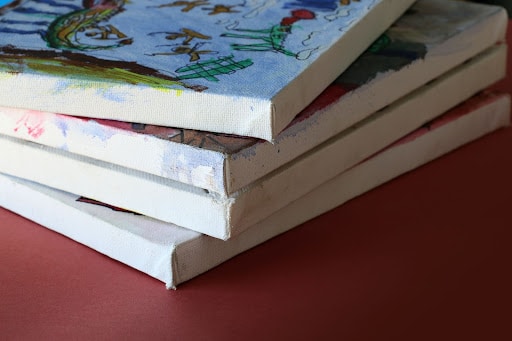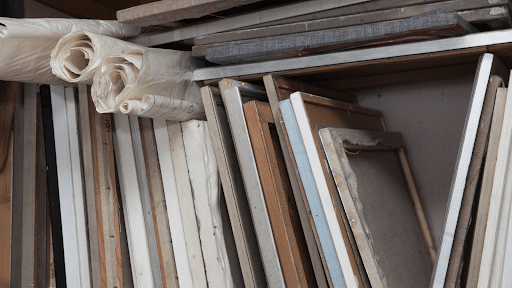Warning: Undefined variable $post_id in /var/www/vhosts/momentous.global/httpdocs/wp-content/themes/momentus_wp/single.php on line 20

Our Guide to Protecting Your Art Collection
POSTED ON February 27, 2023 BY Logistics SpecialistOur Guide to Protecting Your Art Collection
Owning a collection of fine art is a great responsibility and pleasure. Each piece is a representation of imagination, skill and in some cases, history. Ensuring that you protect your art is key to maintaining its quality and value, both monetary and sentimental. The tips and precautions highlighted in the guide below will ensure your collection remains preserved.
Take caution when handling
Continuously touching items within your collection with your bare hands will result in the transfer of oils and fingerprints onto the surface of the art. Over time, this can cause permanent damage and stains, particularly on canvas. Lightweight, white gloves will offer suitable protection.
Protect your art from direct sunlight
Protecting artwork, especially oil paintings, from sunlight will reduce the risk of colour fading. The best way to do this is to ensure that you do not hang any of your pieces where they are likely to receive intense sunlight through a window. If your collection contains art that is, or can be, framed, you may want to consider the use of UV-filtering acrylic instead of glass. This will give you more freedom in terms of where you can hang your art.
Always store paintings flat
Storing artwork can be challenging and when you have an expansive collection of paintings that are unhung and unframed, it can be tempting to roll and store them in tubes. Fine art that is created with acrylic or contains embellishments can be permanently cracked or dried up when left in a roll for too long.
Hang artwork securely
The weight of your canvas and the strength of the wall you are hanging it on should be considered before you attempt to hang any of your pieces. Failure to hang it correctly can result in damage to the art itself, as well as the risk of injury to any pets or small children that may be nearby when the art falls or is dislodged.
Beware of extreme temperatures and humidity
Fluctuating temperatures, excess heat and moisture can all cause damage to precious pieces of artwork. It is recommended by various preservation experts that the ideal temperature is between 21-24 degrees Celcius and the most suitable level of humidity is around 40-50%. Warping, yellowing, cracking and the growth of mould can all be consequences of an inadequate climate, so awareness of humidity can be a great method of protection for your paintings.
Clean with caution
Artwork should be dusted a few times a year with either a soft paintbrush or a dry cloth. At this point, you may also want to check for any signs of dampness, particularly on the back of canvas art. Discolouration on valuable pieces should be investigated by an art restoration specialist before any further damage can occur. Do not attempt to remove any marks with chemicals or cleaning products, which are often abrasive.
Take out an insurance policy to cover your art collection
As with any valuable, there is always a level of risk from theft and fire damage. A specialist insurance policy will help to protect you and alleviate the financial loss if either should occur.
Only use qualified professionals to move your art
Moving and shipping fine art requires specialist knowledge, specific techniques and quality materials. If you are moving home and have a collection of artwork which will be moving with you, the use of an art logistics service will ensure that your pieces are handled, packaged and transported with expert care.




